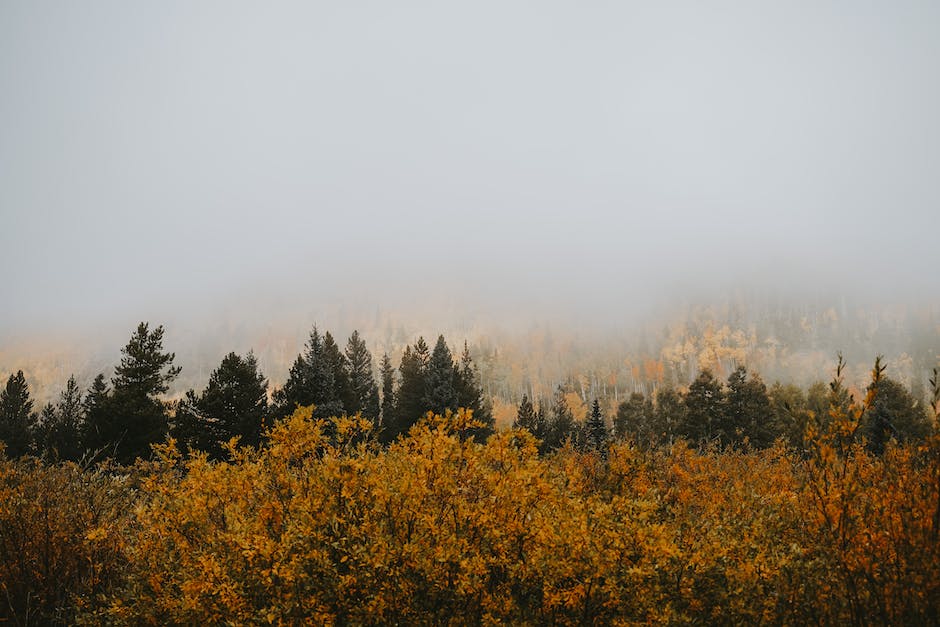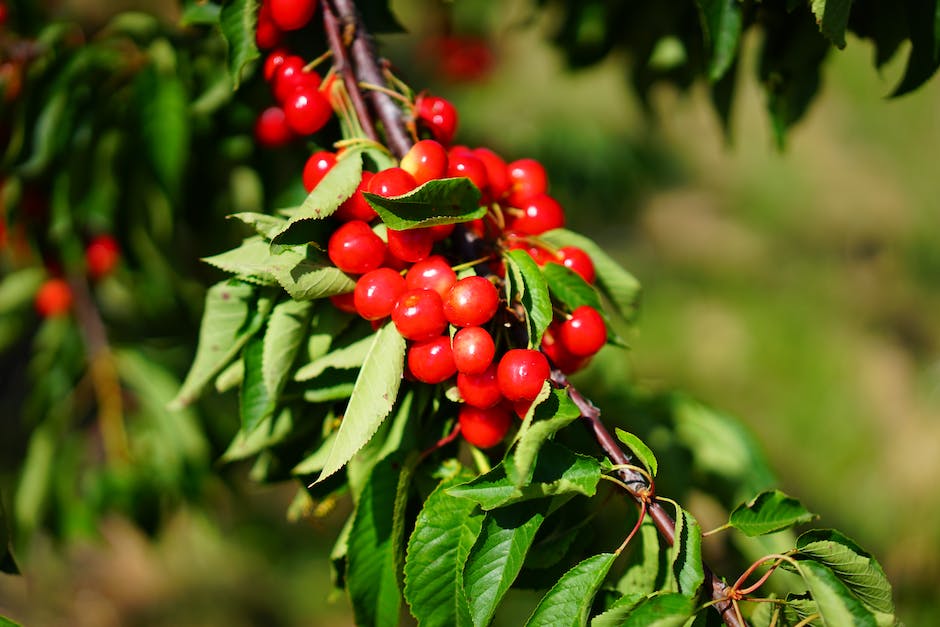Cultivate a Lychee Tree: A Step-by-Step Guide from Seed to Fruiting

Whenever you sink your teeth into a fresh, succulent lychee, have you ever wondered what it would take to grow one of these exotic fruit trees in your own backyard? Whether you live in a climate suitable for these tropical marvels or you’re determined to try your hand at indoor horticulture, this guide will take you through the process of growing a lychee tree from a humble seed. From preparing your lychee seeds, understanding their germination process, to mastering the care and maintenance of a maturing tree, we will journey together into the fascinating world of lychee cultivation.
Lychee Seed Preparation
Planting a lychee tree from seed isn’t quite a walk in the park, but with the right know-how and a dash of perseverance, it’s more than possible! The sweet and tangy pearls of exotic flavor have made lychees beloved the world over – and what’s better than plucking them from your own tree? For those who want to venture into growing their own lychee tree, here’s a step-by-step guide on how to properly prepare a lychee seed for planting.
Step 1: Select the Right Lychees
Grab a handful of fresh, ripe lychees; the larger and more luscious they are, the better. These fruits will likely yield high-quality seeds. An ideal lychee fruit is firm, with a vibrant red shell and a juicy, white interior.
Step 2: Seed Extraction
For this step, it’s time to enjoy a few lychees. Gently peel back the spiky, leathery skin to reveal the juicy inner fruit. Remember to carefully remove the seed, taking care not to thrash or injure it in the process. This single seed you retrieve should be large, plump and richly brown.
Step 3: Quick Seed Cleaning
Using warm water and a soft cloth, clean the lychee seed gently. Remember that harsh cleaning might damage the seed, so keep it tender.
Step 4: Let it Dry
Allow the seed to dry for a day in a cool, shaded area. It’s crucial to avoid exposing the seed to direct sunlight or heating devices, as this might cook the seed, leaving it unsuitable for planting.
Step 5: Pre-Soak the Seed
Pre-soaking lychee seeds in water for three days before planting can help speed up the germination process. Make sure the container filled with water is not kept in direct sunlight but placed in a warm area.
Step 6: Wrapping in Cloth
Right after the soaking process, wrap the seeds tightly in a damp cloth. Be careful not to overdo it with the water – we want a cloth that’s damp, not dripping.
Step 7: Put them in a Bag
Put the seeds wrapped in the damp cloth into a sealable plastic bag. This mimics a humid environment, ideal for germination.
Step 8: The Waiting Game
Now it’s time to play the waiting game. Check the seeds every once in a while to ensure the cloth remains damp and that no mold forms. Within 1-2 weeks, the seeds should start sprouting.
Finally, when a healthy sprout pops out of the seed, it’s ready to be planted in soil – pushing one step closer to having your very own lychee tree! The thrill of watching something grow from a mere seed to an abundant fruit-bearing tree is, without a doubt, one of the most rewarding experiences any gardening enthusiast could ask for. Happy Planting!

Photo by juliazolotova on Unsplash
Planting and Germination Process
Great job, you’ve made it to the critical part of your lychee cultivation journey!
You’ve successfully selected ripe fruits, extracted the seeds, cleaned and dried them to perfection, then pre-soaked and wrapped them just right. Now that your seed has sprouted, let’s dive into the best practices for planting your lychee seedling.To fuel the growth of a robust lychee tree, ensure your selection of soil is on point. A rich, well-draining potting mix is a great choice for lychees. Aim for a mixture that’s part compost or organic manure, part peat moss or coconut coir, and part sand or perlite. This blend will have all the nutrients needed for a healthy start, while also ensuring adequate drainage, which is paramount in preventing root rot.
When choosing where to plant your sprouted seed, remember lychees are tropical plants and adore sunlight. However, young plants may scorch under direct sun, so a sunny window or lightly shaded outdoor spot is the ideal location.
Now, let’s talk about the planting process! Start by filling a small pot (6-8 inches in diameter should suffice) with your soil mixture. Leave room at the top for your tiny sprout. Before placing the sprouted seed in the soil, it’s imperative to understand its orientation. Lychee seeds usually have a rounded and a pointy end. Make the right move by planting the rounded end upwards, allowing the pointy end to root itself into the soil.
Cover the seed gently with about two inches of soil, and be sure not to compact it too much. Water it liberally right after planting, ensuring the soil is moist, but not drenched. Aim to keep the soil lightly moist at all times, avoiding both dry outs and water logging. Putting a layer of mulch on top of the soil can really help retain moisture.
Once successfully planted, your seedling will need your constant, dedicated care. A disciplined watering routine, well-balanced nutrition through fertilizers, and vigilant monitoring for pest attacks will replace your initial efforts.
Remember, patience remains your most trusted ally in growing your lychee tree. It may take several years for your tree to mature and bear fruit, but witnessing its journey from a tiny sprout to a fruitful tree will certainly make your heart swell with pride. After all, the journey to cultivate a lychee tree is a rewarding hobby infused with lessons on growth, patience, and joy!
Enjoy the journey, fellow lychee enthusiasts! Embrace the dirt, revel in the sunshine, and cherish the transformation from a humble seed into a flourishing lychee tree!

Lychee Tree Care and Maintenance
Moving on to the next stages, a major component for nurturing the seedling into a healthy tree lies in the choice of soil. An effective soil composition should ideally have excellent drainage properties. This helps ensure roots of the lychee tree aren’t subjected to waterlogging. A mixture of sand, silt, and clay, known as loamy soil, fits the bill perfectly, providing the ideal texture and nutrients for lychee trees.
To go one step further, employing a well-balanced potting mix promises a healthier tree. A mix containing one part 5-5-5, or even organic compost provides essential nutrition, aiding in lush growth.
As subtropical residents, lychee trees adore sunlight. Ensure your plantation area receives at least 6 hours of direct sunlight daily. Their love for sunlight is so intense that a lack of adequate rays can lead to a decreased growth rate and lesser fruit production.
When it’s finally action time for the sprouted seed to be planted in soil, remember to be vigilant in orienting the seed correctly. The bottom part of the seed, where the taproot protrudes, should face downwards. This orientation aids in flourishing root growth beneath the soil.
Climate often plays the role of a silent ally. Lychee plants fancy a consistently moist environment. Find the right watering balance for your plant, as over-watering can lead to root diseases while under-watering can stunt growth. On average, watering once per week should suffice.
As the seedling begins its journey to maturity, continue to monitor and care for it diligently. Use gentle, organic insect and disease control methods, so as not to harm the foliage or developing fruit.
Fact: Lychee trees demand patience! Regular care combined with the passage of time will eventually pave the way to the tree’s first harvest. Usually, it takes approximately three to five years for a tree, grown from a seed, to yield fruit. But, with committed daily care, the sight of those glossy, red-skinned fruits with sweet, aromatic pulp will indeed be the most delightful reward – the fruit of your labor, quite literally!
Cultivating a lychee tree may initially seem daunting; however, with perseverance and the right knowledge, this hobby can bring so much fulfillment and joy! From seed harvesting to watching the lychee tree bear its first fruits, every twist and turn in this journey is nothing short of thrilling. Undoubtedly, the beautiful growth story of a lychee tree stands a testament to the magical wonders of nature’s bounty. Let’s see your garden turn into a tropical haven with your own lychee grove!

Having journeyed through the fascinating process of growing a lychee tree from seed, you are now equipped with the fundamental knowledge to embark on this rewarding horticulture adventure. Just remember, patience and attentiveness are key as you nurture your tree from a small sprouting seed to a bountiful bearer of succulent lychees. Whether you’re aiming for a backyard filled with tropical allure or a novel indoor growing project, with these tips in hand, you’re one step closer to snapping off your own home-grown lychee and experiencing the satisfaction of a fruit grown with your own hands.



